The Mercedes S Guard Crocodile Leather is an ultra-luxurious, custom interior option, not a standard feature. It offers a unique aesthetic and premium feel, but requires specialized care. This guide focuses on understanding its exclusivity and proper maintenance for discerning owners.
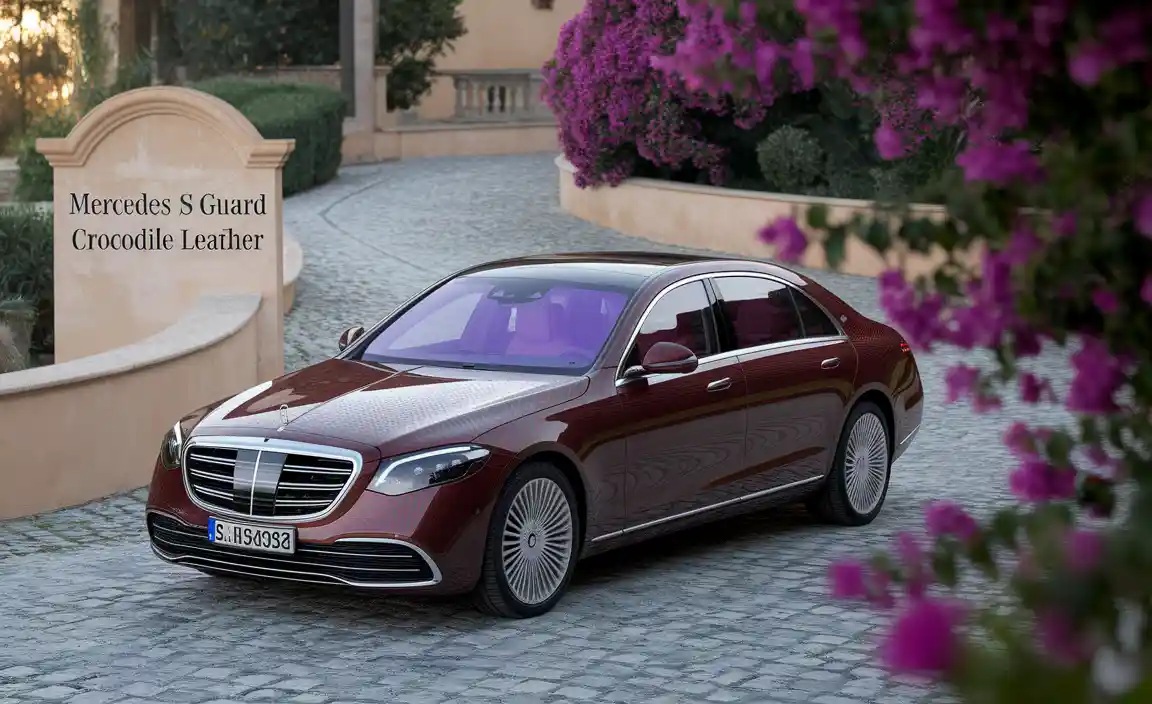
Owning a Mercedes-Benz is about experiencing unparalleled luxury and craftsmanship. For those who seek the absolute pinnacle of automotive indulgence, certain bespoke options elevate their vehicle from extraordinary to unique. One such rarity that occasionally graces the interiors of the most exclusive Mercedes-Benz models, particularly conceptual or highly customized S-Class or Maybach variants, is the use of genuine crocodile leather. This isn’t something you’ll find on your typical A-Class or even a standard E-Class, but rather a statement piece for the ultimate in bespoke automotive interiors. If you’ve heard whispers or seen glimpses of this exceptional material and are curious about what it entails, you’re in the right place. We’ll demystify this exclusive option, explaining what makes it so special and, importantly, how to care for it, ensuring its lasting beauty.
Understanding the Allure of Mercedes S Guard Crocodile Leather
When we talk about “Mercedes S Guard Crocodile Leather,” we’re generally referring to a highly specialized, custom interior treatment available for the most luxurious Mercedes-Benz models, such as the S-Class, Maybach, and sometimes the G-Wagen, often as part of an “Exclusiv” or “Designo” program, or through a dedicated coachbuilder. The “Guard” moniker in Mercedes-Benz typically signifies armored vehicles, but in the context of interior luxury, it evokes an image of supreme protection and exclusive craftsmanship. Genuine crocodile leather is one of the rarest and most expensive natural materials used in automotive interiors. Its unique texture, natural markings, and inherent durability make it a symbol of ultimate prestige and opulence.
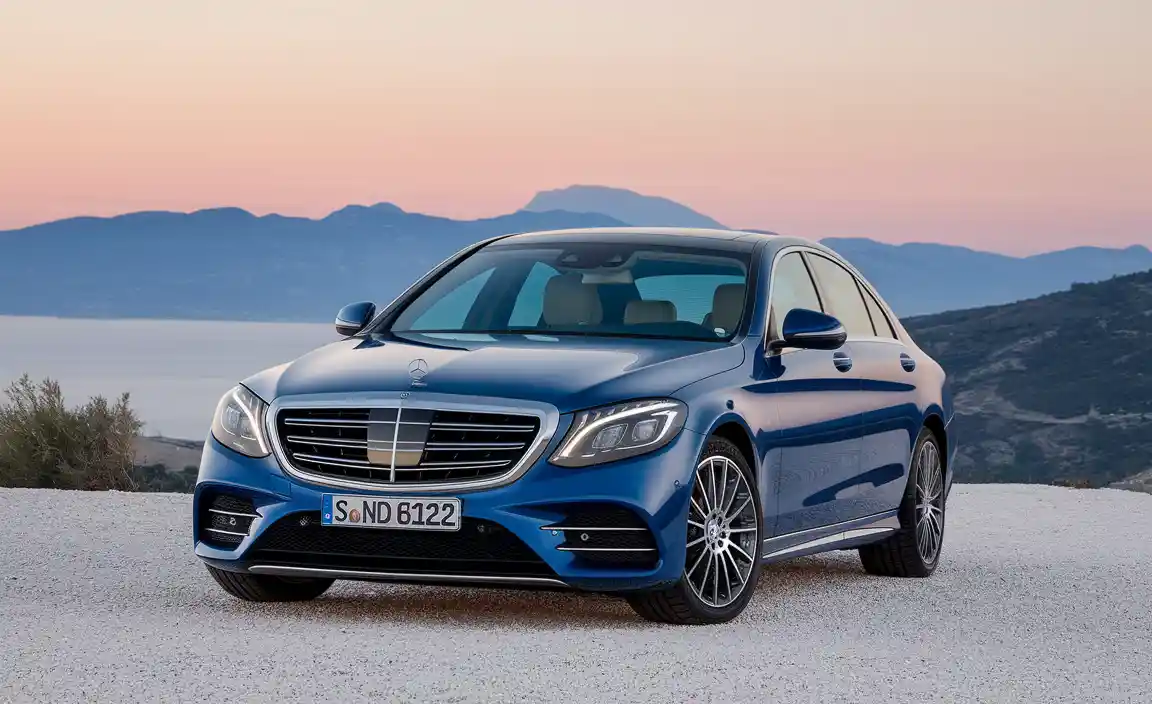
What Makes Crocodile Leather So Exceptional?
Several factors contribute to the extraordinary status of crocodile leather:
- Rarity: Crocodiles are not farmed for leather in the same way as cattle or sheep. Sourcing reputable, ethically obtained crocodile hides is a complex and regulated process.
- Unique Patterns: Each crocodile hide possesses a distinct scale pattern, making every interior unique. No two pieces of crocodile leather are exactly alike, offering a truly one-of-a-kind aesthetic.
- Exceptional Durability: Despite its delicate appearance, genuine crocodile leather is incredibly strong and resilient, developing a beautiful patina over time with proper care.
- Luxurious Feel: The texture is unmistakable – smooth, supple, and incredibly soft to the touch, offering a sensory experience that synthetic alternatives cannot replicate.
- Exclusivity and Status: Its high cost and limited availability mark it as a material reserved for the most discerning individuals who demand the absolute best.
This material is often used for specific interior elements, such as seating surfaces, door panels, dashboard accents, or even the headliner, creating a cohesive and breathtaking environment.
The “Guard” Aspect: Beyond Armoring
While Mercedes-Benz’s “Guard” vehicles are renowned for their ballistic protection, when discussing bespoke interiors with exotic leathers like crocodile, “Guard” takes on a different meaning. It implies a level of curated exclusivity and protection for the craftsmanship itself – ensuring that such a precious material is handled by the most skilled artisans, meticulously installed, and intended to be preserved for years to come. It’s about guarding the integrity of a bespoke luxury experience.
Sourcing and Ethical Considerations
The use of exotic leathers like crocodile is subject to strict regulations due to concerns about animal welfare and conservation. Reputable manufacturers, including those who might offer such custom interiors for Mercedes-Benz, adhere to international agreements like CITES (Convention on International Trade in Endangered Species of Wild Fauna and Flora). This ensures that the materials are sourced legally and ethically, typically from farmed sources that meet stringent environmental and animal welfare standards.
For owners, understanding the origin of their crocodile leather is part of appreciating its value. It signifies a commitment to luxury that aligns with responsible sourcing practices. If you’re considering a vehicle with such an interior or have one already, inquire about the provenance of the leather; it’s a mark of its authenticity and ethical journey.
Caring for Your Mercedes S Guard Crocodile Leather Interior
Maintaining an automotive interior crafted from genuine crocodile leather requires more attention than standard leather care. It’s an investment in preserving a rare and exquisite material. Think of it as caring for a fine piece of art or a luxury handbag. The key is gentle, consistent, and correct application of care products. Here’s how to keep your crocodile leather looking its absolute best.
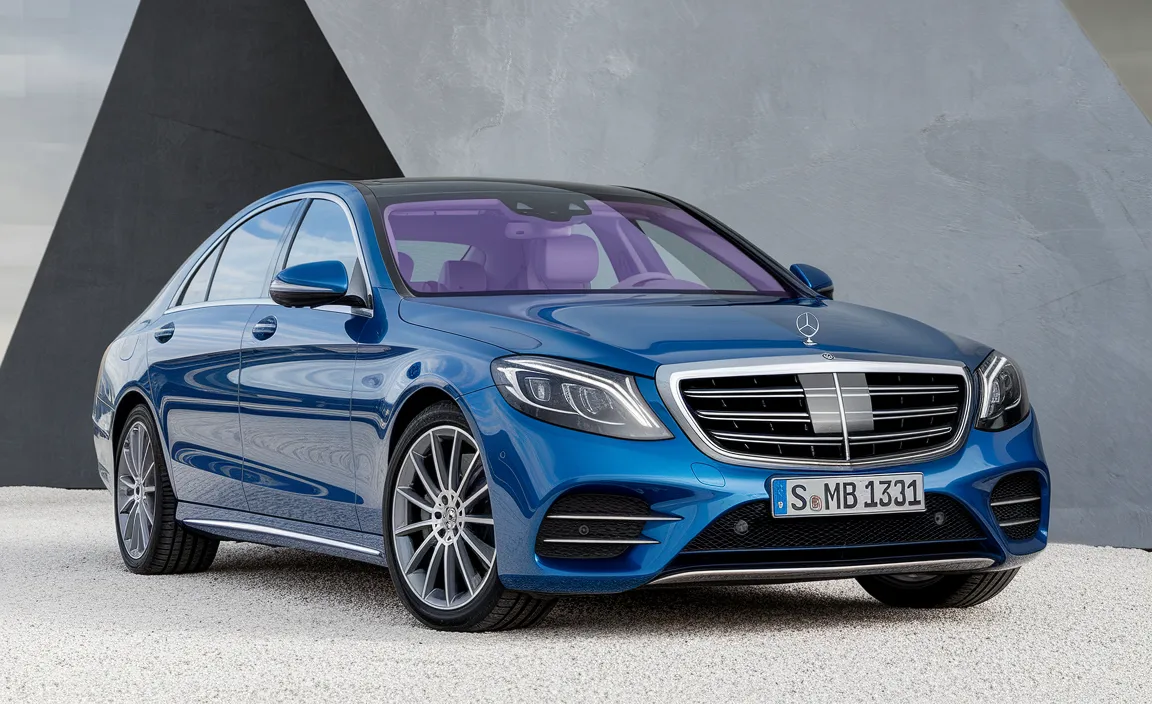
Essential Tools and Products
Before you begin, gather the right supplies. Using incorrect products can damage exotic leather much faster than it would standard automotive leather.
- High-Quality Leather Cleaner: Opt for a pH-neutral cleaner specifically formulated for delicate or exotic leathers. Avoid all-purpose cleaners or anything containing harsh chemicals.
- Soft Microfiber Towels: You’ll need several clean, lint-free microfiber towels for application and buffing.
- Leather Conditioner for Exotic Skin: This is crucial. Look for conditioners designed for reptile or exotic leathers. They are typically lighter and formulated to penetrate without leaving a greasy residue.
- Leather Protection Cream (Optional but Recommended): A good quality protection cream can add an extra layer of defense against spills and UV damage.
- Soft Bristle Detailing Brushes: For cleaning intricate areas like stitching.
- A Gentle Hand: Patience and a gentle touch are your most important tools.
Step-by-Step Cleaning and Conditioning Guide
Follow these steps to gently clean and condition your crocodile leather interior:
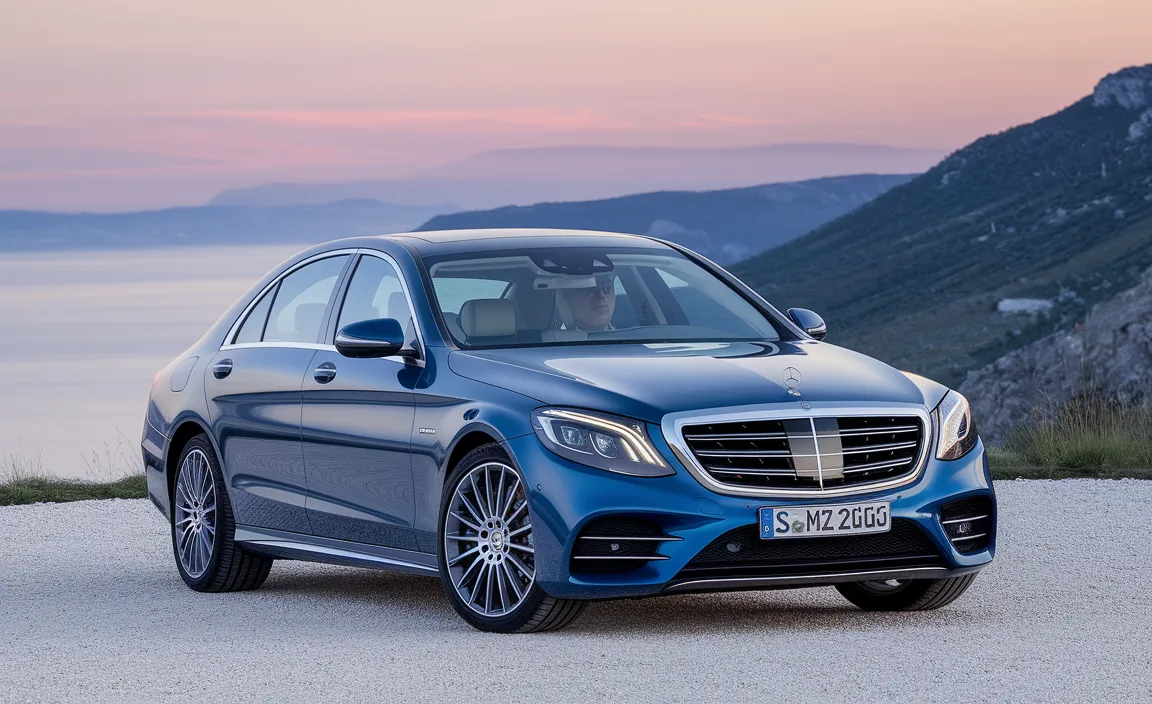
- Preparation: Ensure the car interior is free of loose dirt and debris. You can use a gentle vacuum cleaner with a soft brush attachment for this.
- Test First: Always test any cleaning or conditioning product on an inconspicuous area first. Wait for it to dry to ensure no adverse reactions occur. A good spot might be the underside of a seat cushion or a less visible section of a door panel.
- Gentle Cleaning:
- Dampen a clean microfiber towel with your pH-neutral leather cleaner. It should be damp, not wet.
- Wipe the crocodile leather surface gently. Work in sections, using light, overlapping strokes.
- For stubborn dirt, use a soft-bristle detailing brush very gently on the affected area before wiping.
- Immediately wipe away any excess cleaner with a separate, dry microfiber towel. Do not let the cleaner air dry on the surface.
- Conditioning:
- Apply a small amount of exotic leather conditioner to a clean microfiber applicator pad or towel.
- Gently massage the conditioner into the leather using light, circular motions. Ensure even coverage.
- Allow the conditioner to penetrate for the time recommended by the product manufacturer (typically 10-20 minutes).
- Using a clean, dry microfiber towel, gently buff off any excess conditioner. The goal is to leave the leather supple and protected, not greasy.
- Protection (Optional): If using a protection cream, apply it following similar gentle methods as the conditioner. Buff off any residue thoroughly.
Frequency of Care
Crocodile leather interiors, especially those exposed to sunlight or frequent use, should ideally be cleaned and conditioned every 3-6 months. If the vehicle is used extensively or in harsh conditions, more frequent care might be beneficial. Less is often more with exotic leathers, so avoid over-conditioning.
Protecting Your Investment: Daily Habits and Preventative Measures
Beyond regular cleaning and conditioning, adopting smart daily habits can significantly prolong the life and beauty of your crocodile leather interior.
Key Protection Strategies:
- Sunlight: While beautiful, direct sunlight can dry out and fade any leather, including crocodile. Use sunshades when parked, and consider a UV-protectant ceramic coating for windows if your local climate is extremely sunny.
- Spills: Act immediately. Blot spills gently with a clean, dry cloth. Avoid harsh scrubbing. For difficult spills like ink or dye transfer, it’s often best to consult a professional automotive detailer specializing in exotic leathers.
- Sharp Objects: Be mindful of keys, buckles, pens, and other sharp objects that could scratch or puncture the delicate scales.
- Temperature Extremes: Avoid leaving the vehicle in extreme heat or cold for extended periods, as this can stress the natural oils in the leather.
- Clothing: Be cautious with denim or clothing with rough seams that could potentially abrade the leather over time, especially on seats.
Troubleshooting Common Issues
Even with the best care, you might encounter minor issues. Here’s how to approach them:
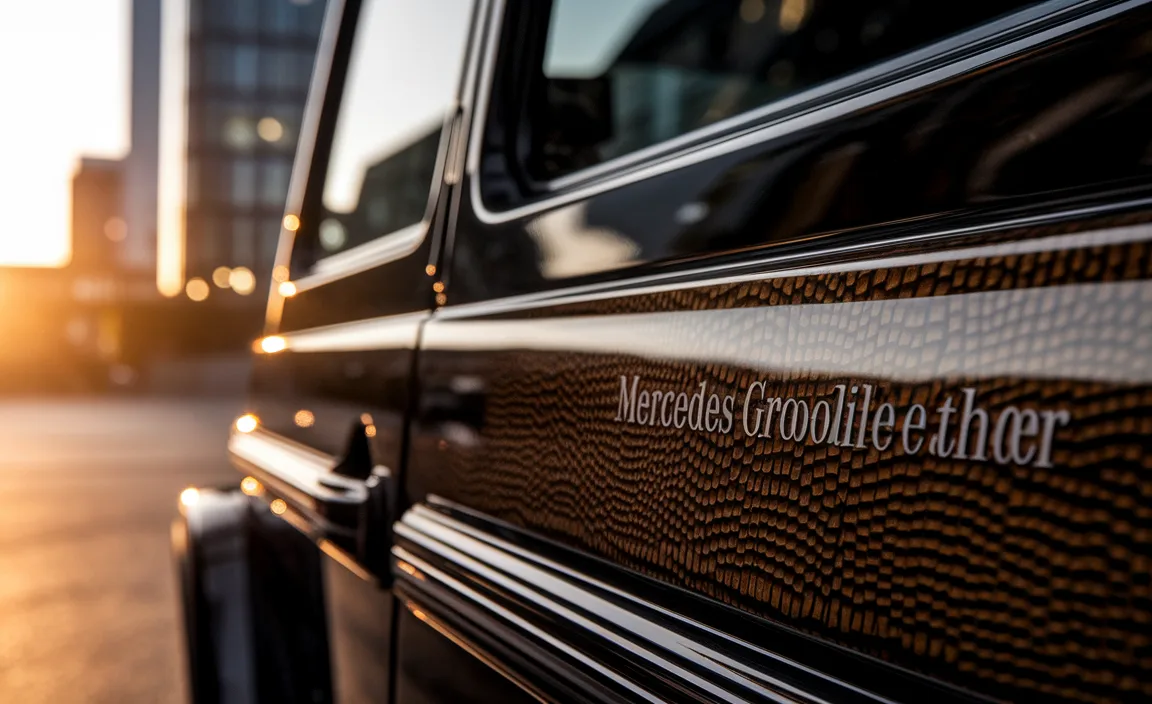
Minor Scratches
Very light surface scratches on crocodile leather can sometimes be gently buffed out with a clean microfiber cloth. For deeper scratches, professional assessment is recommended, as attempts to repair them without expertise can worsen the damage.
Dryness or Cracking
If the leather appears dry or you notice tiny surface cracks forming, it’s a sign it needs conditioning. Apply a dedicated exotic leather conditioner following the steps above. Consistent conditioning is the best way to prevent dryness.
Stains
For fresh, water-based stains, a gentle wipe with a slightly damp microfiber cloth might suffice. For oil-based stains or dyed marks, it’s crucial to use a cleaner specifically designed for stain removal on exotic leathers. Always test first. If unsure, postpone cleaning and seek professional help.
DIY vs. Professional Care
While this guide aims to empower you with DIY maintenance, it’s essential to know your limits. For comprehensive detailing, deep cleaning, stain removal, or restoration, consider engaging a professional automotive detailer with proven experience in exotic leather care. They have access to specialized tools, products, and knowledge that can be invaluable for such a rare and expensive material.
A reputable detailer can also perform a thorough inspection and provide a personalized care plan for your unique interior.
Comparing Crocodile Leather to Other Mercedes-Benz Leather Options
Mercedes-Benz offers a range of premium leather options. Understanding how crocodile leather compares can highlight its unique position.
| Leather Type | Typical Origin | Texture & Feel | Durability | Exclusivity & Cost | Maintenance Needs |
|---|---|---|---|---|---|
| Standard Leather (e.g., Nappa) | Cattle hides | Smooth, soft, consistent | Good to Very Good | High (Standard Luxury) | Moderate (Standard leather care) |
| Exclusive Nappa Leather | Finest cattle hides | Extremely soft, supple, fine grain | Very Good | Very High (Premium Luxury) | Moderate to High (Specialized leather care) |
| Designo/Custom Leathers | Varies (e.g., superior cattle hides, sometimes other exotic origins) | Can vary; often very soft, unique finishes available | Very Good to Excellent | Extremely High (Beyond standard options) | High (Specific care depending on finish/material) |
| Crocodile Leather | Genuine crocodile hides | Unique scale patterns, supple yet textured | Excellent | Ultra-High (Bespoke, highest tier) | Very High (Specialized, delicate care required) |
As you can see from the table, crocodile leather sits at the very top tier of automotive interior materials in terms of exclusivity, unique aesthetics, and required maintenance. While Nappa and Designo leathers offer exceptional luxury, crocodile provides a level of natural artistry and rarity that is unmatched.
The “Mercedes S Guard Crocodile Leather” Experience
The term “Mercedes S Guard Crocodile Leather” isn’t a standard production option you’d find on a build sheet for common models. Instead, it represents the apex of personalization available to the most discerning Mercedes-Benz clientele. It’s about commissioning unique interiors, often involving bespoke ateliers or specialized Mercedes-Benz programs like AMG Performance Studio or Maybach Manufaktur. When a vehicle is described as having this, it implies an extraordinary level of craftsmanship and material choice, where genuine crocodile hide has been expertly tailored to create an unparalleled cabin environment.
Owning or experiencing a vehicle with such an interior is a testament to the pursuit of automotive perfection. It’s not merely a car; it’s a rolling work of art, a statement of individual taste and appreciation for the world’s finest materials. The “Guard” aspect, in this context, speaks to the protective measures taken during its creation and the inherent value that needs to be preserved.
Where to Find Such Customization
If this level of bespoke luxury appeals to you, here are avenues to explore:
- Mercedes-Maybach: The Maybach brand is synonymous with ultimate luxury and extensive customization options.
- AMG Performance Studio: For AMG enthusiasts, this studio offers exclusive customization programs that can extend to unique interior materials.
- Mercedes-Benz Designo Program: This program allows for a high degree of personalization within the standard Mercedes-Benz range, which can sometimes include requests for exotic materials through special order.
- Reputable Automotive Customizers/Coachbuilders: For ultra-rare or highly specific requests, partnering with a well-respected coachbuilder that has experience with luxury automotive interiors is essential. They often have relationships with tanneries and craftsmen capable of working with materials like crocodile leather.
For further information on bespoke Mercedes-Benz interiors and the Designo program, you can often find details on the official Mercedes-Benz sites or by speaking with a product specialist at a flagship dealership.
Frequently Asked Questions (FAQ)
Q1: Is “Mercedes S Guard Crocodile Leather” a standard factory option?
No, it is not a standard factory option. “Mercedes S Guard Crocodile Leather” refers to a highly exclusive, custom interior treatment, often available on ultra-luxury models like the Maybach S-Class or through bespoke programs, rather than a regular production line feature.
Q2: How is genuine crocodile leather sourced for cars?
It is sourced from regulated and farmed crocodile populations. Reputable manufacturers adhere to international trade regulations like CITES to ensure ethical and legal sourcing, prioritizing animal welfare and conservation efforts.
Q3: Can I clean crocodile leather with regular car leather cleaner?
It is strongly advised against. Regular leather cleaners can be too harsh or contain chemicals that damage the delicate structure and texture of exotic leathers. Always use a pH-neutral cleaner specifically designed for exotic or reptile skins.
Q4: How often should I condition my crocodile leather interior?
For best results, condition your crocodile leather interior every 3 to 6 months, or more often if the vehicle is frequently exposed to sunlight or dry conditions. Over-conditioning should be avoided.
Q5: What should I do if I spill something on my crocodile leather?
Blot the spill immediately and gently with a clean, dry microfiber cloth. Avoid rubbing. For difficult stains, consult a professional automotive detailer specializing in exotic materials, as improper cleaning can cause permanent damage.
Q6: What is the difference between crocodile and alligator leather?
While similar, crocodile leather typically has a more irregular scale pattern and distinct pore openings. Alligator hides are generally smoother with smaller, more uniform scales and no visible pores. Both are highly prized exotic materials.
Q7: Is it possible to get a crocodile leather interior for my regular Mercedes-Benz sedan?
For standard Mercedes-Benz models (like C-Class, E-Class), this level of customization, especially with crocodile leather, is exceptionally rare and would likely require working through a highly specialized third-party customizer or coachbuilder, rather than directly through Mercedes-Benz factory options.
Conclusion
The term “Mercedes S Guard Crocodile Leather” encapsulates the ultimate in automotive luxury and bespoke craftsmanship for the most discerning Mercedes-Benz owners. It signifies an interior crafted from one of nature’s most exquisite and rare materials, offering unparalleled texture, beauty, and exclusivity.
While this level of customization is not part of the standard Mercedes-Benz offerings and is typically found on ultra-luxury variants or through highly specialized custom projects, understanding its nature sheds light on the possibilities at the zenith of automotive indulgence. Caring for such an interior is paramount. By employing gentle, consistent cleaning and conditioning techniques with the right products, and by adopting mindful daily habits to protect it from environmental stresses, you can preserve the breathtaking appearance and luxurious touch of your genuine crocodile leather for years to come. It’s about respecting the material, understanding its unique needs, and cherishing the extraordinary statement it makes within your vehicle.